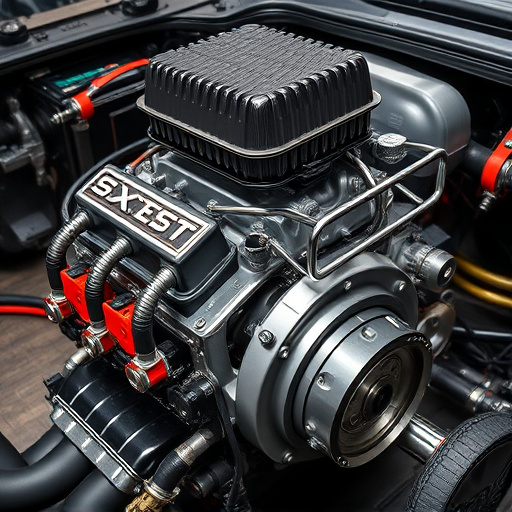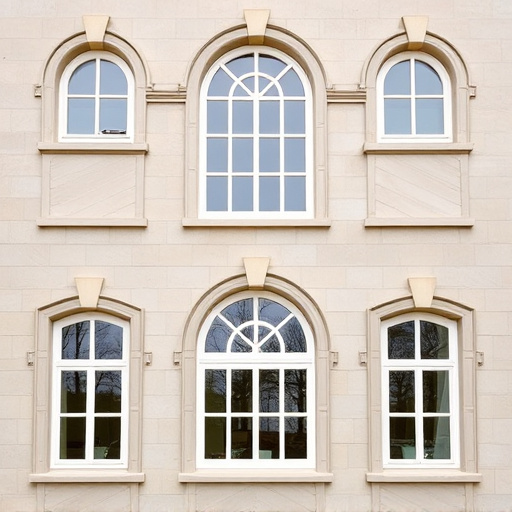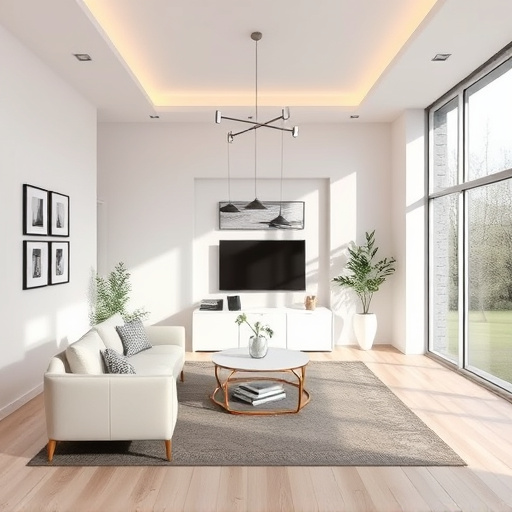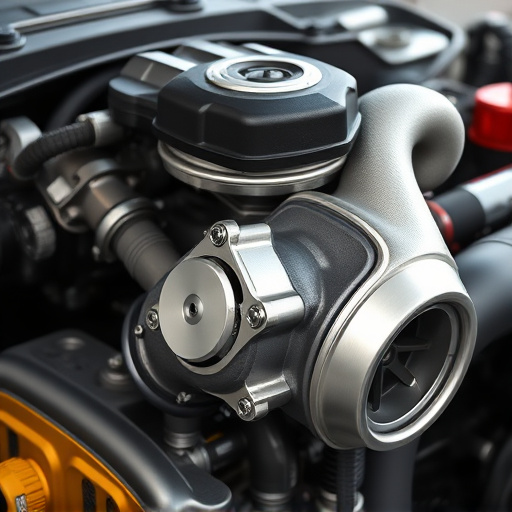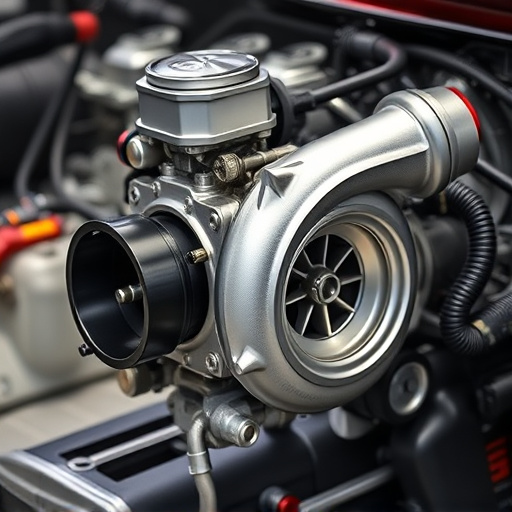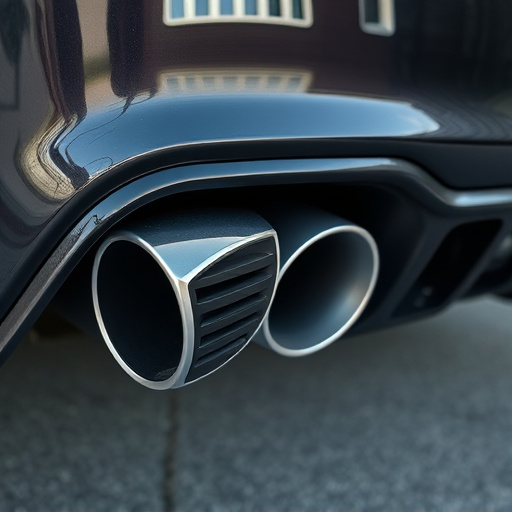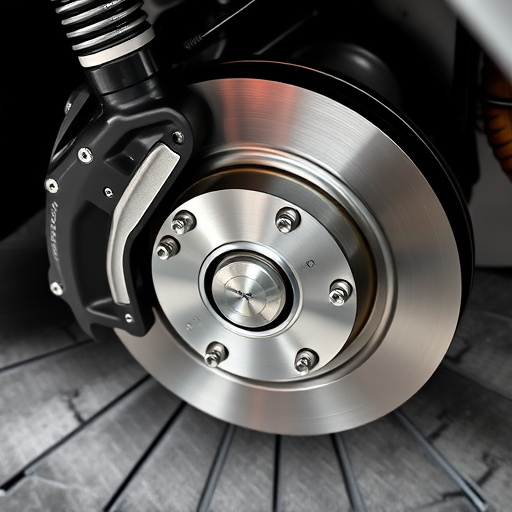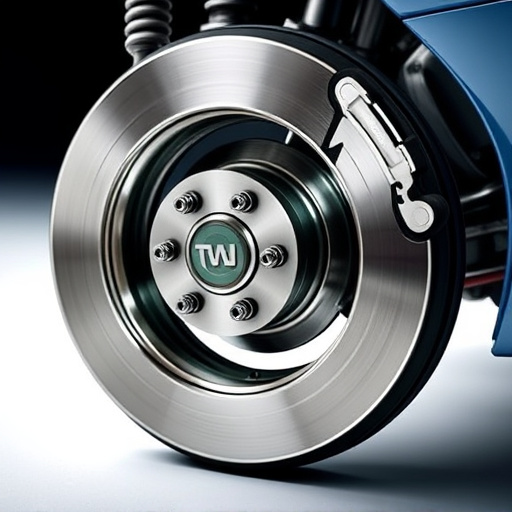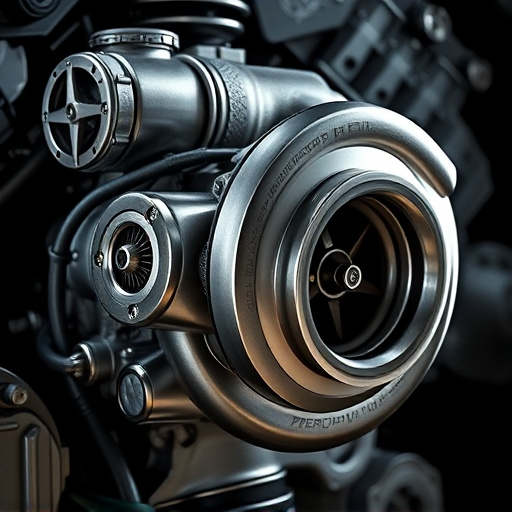Exhaust sound control is a critical modern vehicle design element prioritizing passenger comfort and regulatory compliance. Through innovative engineering and materials, manufacturers create quieter cabins by managing noise from exhaust components. This technology ensures passengers enjoy journeys free from excessive engine noise, even in high-performance conditions. Advanced exhaust sound control offers numerous benefits, including enhanced cabin comfort, reduced driver distraction, better fuel efficiency, and improved vehicle responsiveness. It's a strategic integration enhancing user satisfaction, especially in urban areas where noise pollution is a concern, by providing peaceful interiors through specialized insulation and active noise cancellation systems.
Looking for a quieter, more comfortable cabin experience? Exhaust sound control is the solution. This innovative technology is transforming aircraft cabins by significantly reducing engine noise, enhancing passenger comfort during flights. From understanding the basics of exhaust sound control to exploring its advanced features and seamless integration into cabin design, this article delves into how these solutions are revolutionizing air travel, providing a peaceful environment for every journey.
- Understanding Exhaust Sound Control: The Basics
- Benefits of Implementing Advanced Exhaust Sound Control Features
- Integrating Exhaust Sound Control into Cabin Design and User Experience
Understanding Exhaust Sound Control: The Basics
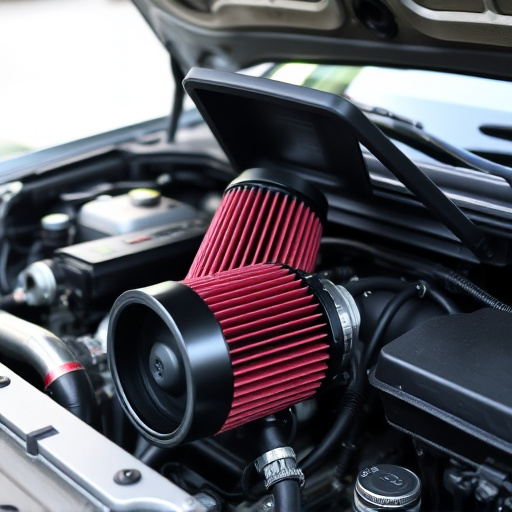
Exhaust sound control is a crucial aspect of enhancing cabin comfort, especially in vehicles designed for performance or those operating in noisy environments. It involves managing and reducing the noise generated by exhaust components like exhaust tips, mufflers, and intake parts to create a quieter and more pleasant space within the cabin. This technology is becoming increasingly important as vehicle manufacturers strive to meet stricter noise regulations while ensuring passenger comfort.
At its core, exhaust sound control utilizes specific design principles and materials to dampen or redirect sound waves produced by the engine’s exhaust system. Exhaust tips, for instance, can be engineered with unique shapes and acoustic treatments to minimize noise at higher speeds. Additionally, exhaust mufflers play a vital role in reducing decibel levels by employing internal chambers and perforated walls to absorb and disperse sound. These components work in tandem to create an overall quieter experience for passengers, allowing them to enjoy their ride without excessive engine noise seeping into the cabin.
Benefits of Implementing Advanced Exhaust Sound Control Features
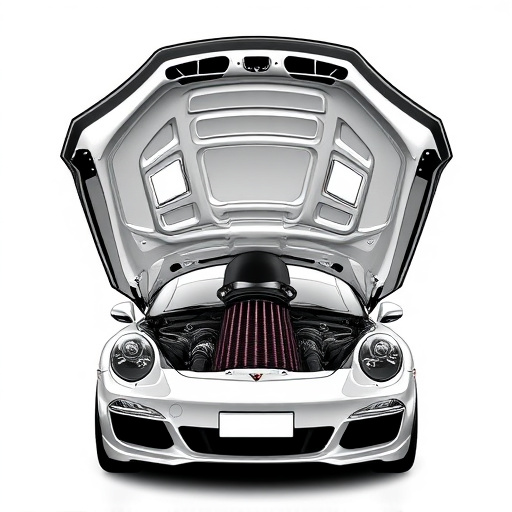
Implementing advanced exhaust sound control features offers a multitude of benefits that significantly enhance cabin comfort. By actively managing engine noise, these innovations ensure passengers enjoy a peaceful and serene environment, regardless of the road conditions or vehicle performance. This is particularly advantageous in today’s bustling urban environments where traffic noise can be overwhelming.
Moreover, advanced exhaust sound control goes beyond just comfort. It contributes to improved safety by reducing driver distraction, enabling better focus on the road. Additionally, it can optimize the overall driving experience by allowing for more refined tuning of performance brakes and exhaust systems, enhancing both fuel efficiency and vehicle responsiveness. This synergy between comfort, safety, and performance makes exhaust sound control a game-changer in modern automotive design.
Integrating Exhaust Sound Control into Cabin Design and User Experience
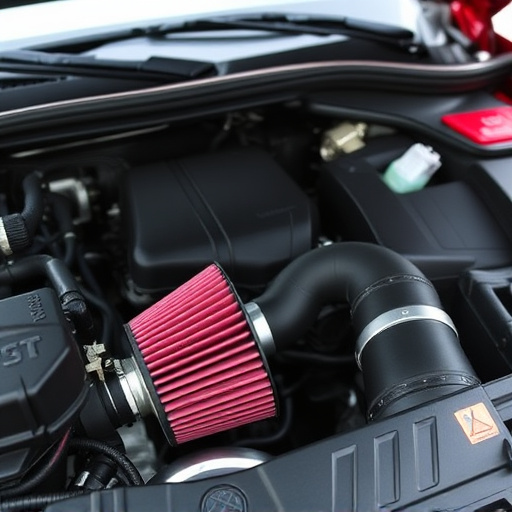
Integrating exhaust sound control into cabin design and user experience is a strategic move that enhances comfort and overall vehicle satisfaction. Modern automobiles are increasingly focusing on creating peaceful and serene interiors, especially in urban areas where noise pollution is a significant concern. Exhaust sound control features, such as specialized insulation materials and active noise cancellation systems, play a pivotal role in achieving this goal. By strategically placing these components within the cabin, manufacturers can significantly reduce engine and exhaust noises, ensuring passengers enjoy a quiet and comfortable journey.
This integration goes beyond mere noise reduction; it elevates the overall driving experience. Well-designed exhaust sound control systems contribute to a more refined and luxurious feel, catering to users who value a calm and peaceful environment while on the road. Additionally, these features complement other cabin amenities like performance air filters and aesthetically pleasing muffler tips, creating a harmonious interior that caters to both sensory and practical needs, thereby enhancing user satisfaction and safety by mitigating external noise intrusions.
Exhaust sound control is no longer a luxury but an essential feature in modern cabin design. By implementing advanced techniques, vehicles can offer passengers a quieter, more comfortable experience on the road. Integrating these features seamlessly into cabin design enhances user satisfaction, making long journeys more enjoyable. With ongoing advancements in technology, we can expect even better exhaust sound control solutions that will transform travel experiences in the future.
